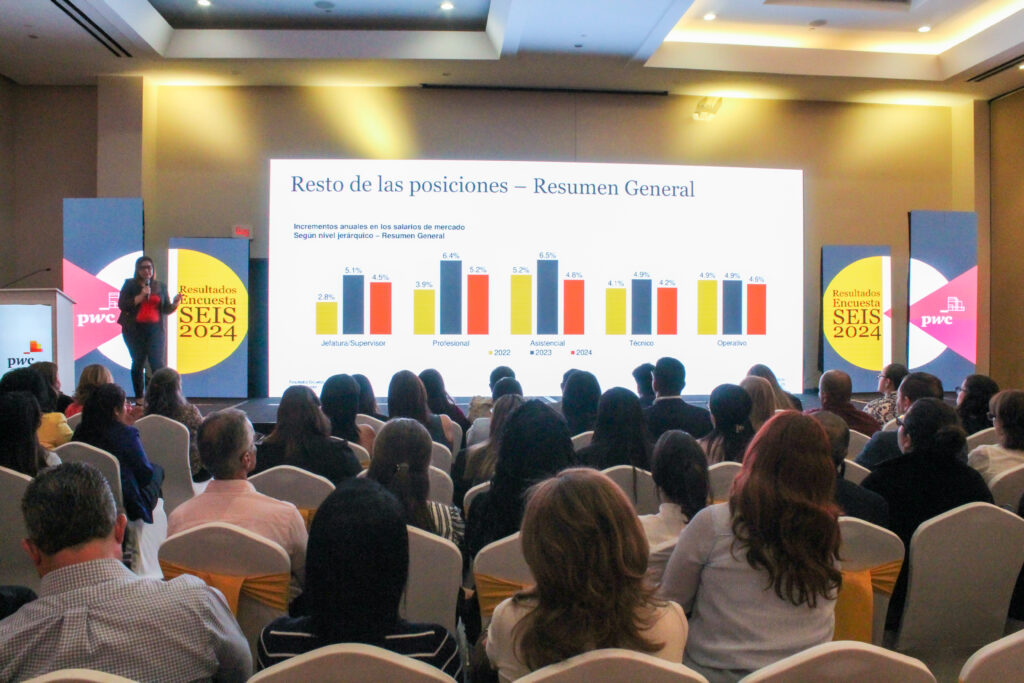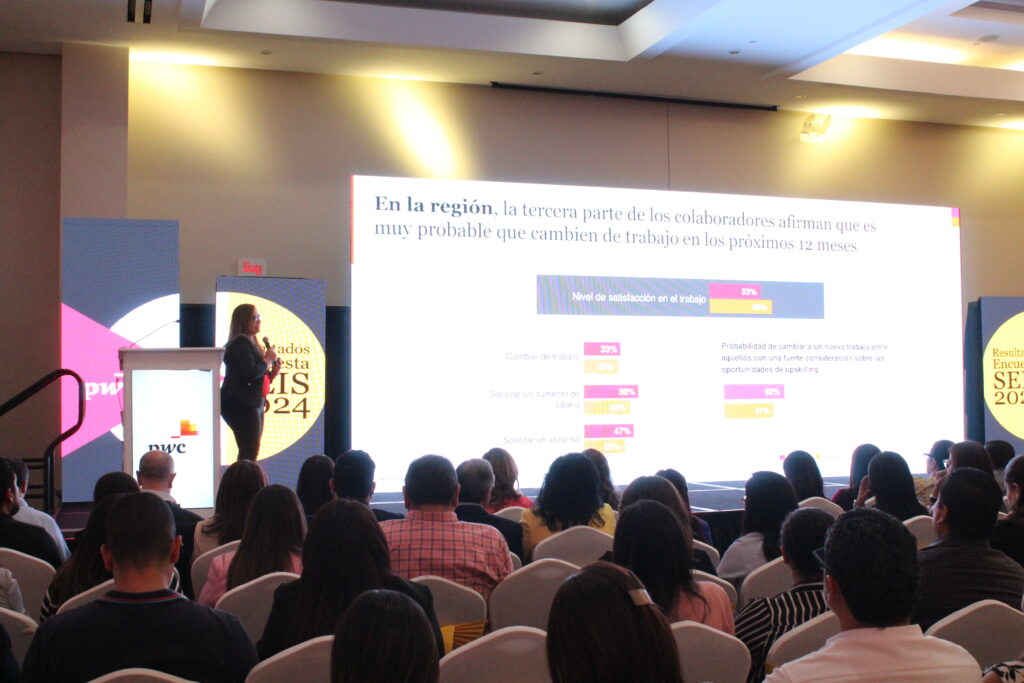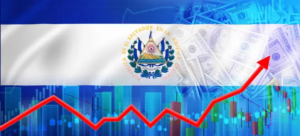
The labor market has undergone a transformation in recent years, and organizations have had to reinvent themselves and innovate in their strategies and processes, in order to respond to successfully adapt to these needs. All these changes have implied an evolution of human talent, since the labor market is requiring the development of other skills; in this same line, organizations have increasingly seen the need to innovate in their human talent strategy and seek new ways to attract and retain the best qualified human talent.
One of the elements, among many others, that allows companies to be an attractive employer brand and to attract and keep the best talent in the organization is compensation; this generates that organizations are constantly evaluating and adjusting their compensation packages in relation to the market, to ensure that on the one hand, the costs of their personnel are well managed and that these are competitive.


According to the results of the Sistema Empresarial de Información Salarial (SEIS) survey published annually by the firm PwC El Salvador for more than 30 years in Central America, Panama and the Dominican Republic, whose results for El Salvador were recently published, reflects that so far in 2024, Salvadoran labor market wages grew by 4.7%.
“Compensation is mainly based on salary; however, in recent years the term has evolved and now when we refer to compensation we talk not only about salary, but also about benefits, so it is key to also evaluate the level of competitiveness of these”, explained Gloria Ruano, manager of Consultoría en Compensación & Beneficios de PwC El Salvador.
To stay in the labor market as an attractive employer brand, it is important that organizations are increasingly innovative in the design of their compensation packages, and for this it is necessary to know and stay within the salary market, and that is why executive compensation packages, on average, are made up of 79% salary, 16% of variable compensation and 5% of benefits in kind.


The salary survey revealed that, during 2024, medium-sized companies were the ones that reported the highest salary increases, versus large companies. However, the distribution of these increases in medium-sized companies, considering the hierarchical level of the positions, was not so differentiated, while large companies focused their salary increases on the level of professional positions.
In the results of the salary survey, considering the type of organization, it was the multinational companies that reported a higher increase of 5.4% versus the national companies that reported a 4.0% increase.
In general, the percentages of increases reported in the salary survey are slightly below the previous year’s data, but very much in line with the results obtained in this same study in recent years.
Executive Compensation
The SEIS survey determined that the trend in percentage increases in executive salaries showed a slightly higher behavior compared to the year 2023. In the segment of executive positions, which consider levels of General Directors, General Managers, Regional Directors, Local Directors, Regional Managers and Local Managers, the study reflects that salaries grew by 5.7% compared to the previous year, which reported an increase for this group of positions of 5.5%.

In relation to the classification of companies participating in the SEIS, the Commercial companies were the ones that presented the highest percentage increases in executive compensation (6.9%); while the financial and industrial companies segment reported the lowest increase which was 4.7%.
“Benefits packages can represent a competitive advantage for organizations. In the survey, the most frequently reported benefits are those related to health and life, flexibility and variable compensation. Additionally, there is a great variety and modalities of benefits that companies are incorporating as part of their compensation packages”, explained Ruano.







